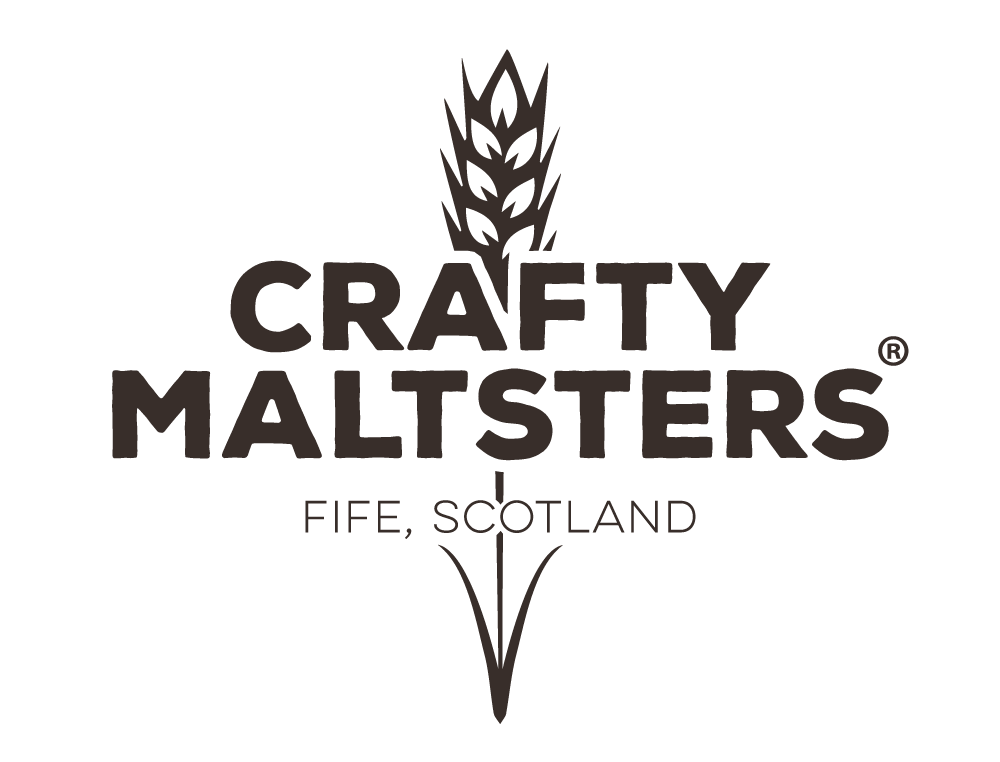The Crafty Maltsters Heritage Collection - Raising Our Glass to the Past
To only look forward for inspiration is to miss out on the hidden value of so many things that came before us. It is a philosophy we adopt in our farming life, and one we have carried into our malting journey, hence the reason we have put four years into building a collection of heritage barleys, which we hope will prove worth the wait.
We chose to take this direction not because we disagreed that modern technology and science now offer us something superior in barley terms, but more because we wanted to question what we had lost as a result. We may have discovered that nothing had been lost, but for us, it was a quest worth pursuing, based on a chance that we could rediscover something special.
It has certainly been a journey of discovery. From the arrival of small bags of seed to adapting to the differences in caring for the crop and nurturing it to life. You see our landrace barleys don’t behave exactly the way we want them to. Their stems stand tall, head and shoulders above their modern reincarnations. Why does this matter? It matters because as we stand watching them swaying in the field we pray that the deluge of rain predicted is going to pass over, if it doesn’t, they will lie in a heap in the soil. In growing these varieties, we take a risk. A risk that we don’t know enough about how to meet their needs, a risk that they cannot cope with today’s challenges, which are very different from those faced in the 1800s.
The risks are ones we felt worth taking, in part because landraces are exactly what they say on the tin, native to our soils and therefore suited to the growing conditions they will face. We had no idea if this would prove true in a world where so much has changed: weather patterns; farming practice; and how we work with machinery to sow, care and harvest our crops. What has become clear is that these barleys represent the grain in its purest form. And in this pure form, they do not have the same need for artificial interference i.e., there is not the need for fertiliser at the same rate to help them on their journey. The failing on their part is that they do not provide us with the yield we have become accustomed to, but are the benefits worth the compromise?
One of the varieties we grow is Scotch Annat, the product of Archibald Gorrie, a horticulturalist who put two ears together in the 1830s to explore the unknown. It is this same passion to explore the unknown that we have endeavoured to adopt with our malt. If you asked me to describe Archibald Gorrie’s Scotch Annat, I would not tell you about her using a conventional description of barley. Here is what I would say -
“She stands tall, with her ears swaying in the wind, fragile to the elements but steadfast in her will to defeat them; she feels inadequate in what she offers by comparison to your standards but her wisdom tells her not to be afraid; she is fast to turn from green to gold as she ripens, but she will not bend to our modern machinery, she will push us to work with her; she will bide her time until she is ready to move to the next stage of the journey and when she does she will remind you that she isn’t like the rest, you have to pay her close attention if you want to get the best from her. She demands a lot but what she gives in return will make you wonder why you were so quick to forget her.”
As farmers and maltsters, we have done all she has asked of us, and it remains to be seen if our determination and her unique value will bring new flavours to our brewers and distillers. I do hope that we have done her proud, and in doing so have learnt a lesson that without a little risk you can never hope to find reward.
